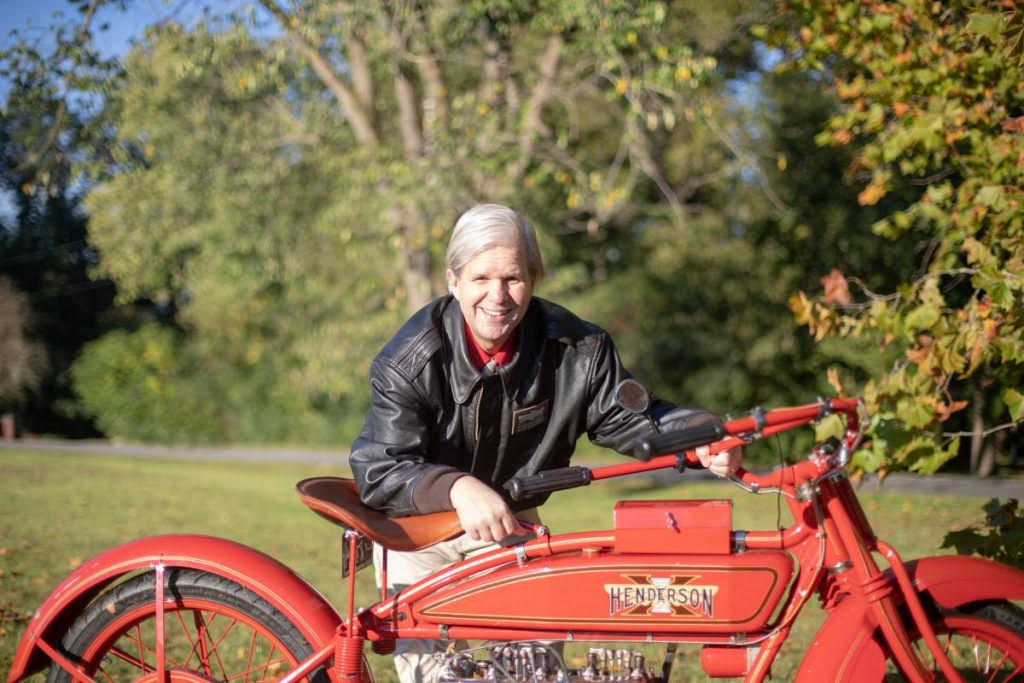Your Brief Guide to California Motorcycle Laws
Motorcycles make commutes easier and more exciting. Parking is less of a hassle, motorcycles put less stress on the roads than other vehicles, and they’re even better for your health. The camaraderie between riders is a nice bonus as well.
As with any state, if you’re planning to ride in California, you’ll need to be familiar with their specific laws for your safety and for the sake of your wallet. No one likes getting tickets, and it’s probably fair to say you aren’t looking to cause an accident.
Motorcycles in California must follow the same regulations as other vehicles, and the following is what you need to know about additional requirements for motorcycles.
Applying for your license
The minimum age to apply for a motorcycle license in California is 16. But if you’re under 18, you have some extra steps to take. You have to apply for a learner’s permit first and hold that for at least six months before applying for your license.
You also have to complete a motorcycle safety training course and a skills test at the end. If you fail this test, you have to schedule a follow-up appointment to try again. You have a total of three attempts to pass the test.
For those over 18, the process is similar to applying for a regular driver’s license. You need to fill out the application, pay an application fee, and provide appropriate identifying documents. Before getting your license, you also need to pass a vision test and a knowledge check.
Insurance requirements
All motorcyclists are required to be insured in California. The following are the minimum requirements for all riders:
- $5,000 for property damage
- $15,000 for individual injury
- $30,000 for injury to multiple parties
Lacking proper insurance can result in a license suspension for one year as well as other potential penalties and fines. For anyone planning on carrying passengers, they’ll need to acquire passenger insurance separately.
It’s also recommended that you have insurance against other drivers who are uninsured. This way, you’ll be compensated for accidents caused by drivers with little to no assets. You’ll need to carefully consider which plan is best for you and your needs.
Safety regulations
Motorcycle riders, including passengers, are required to wear helmets at all times under California law. Helmets must meet the standards of the Department of Transportation (DOT).
Handlebars on motorcycles can be placed no higher than six inches above shoulder level, and all motorcycles must be equipped with left and right mirrors. Functional turn signals are required on all motorcycles built later than 1973. Lastly, exhaust systems manufactured later than 2013 must comply with the Motorcycle Anti-Tampering Act.
There is no age limit for passengers on motorcycles in California. State law does dictate that passenger seats must be fastened behind the driver’s seat and that passengers must use footrests at any point the motorcycle is in motion.
Lane splitting and sharing
Lane splitting is a practice where a motorcyclist moves between two lanes of traffic to get around other vehicles. In 2016, California passed a law permitting lane splitting on the state’s roads. California also does not restrict lane sharing, which is when two motorcyclists drive alongside each other at the same speed in a single lane.
California has some regulations in place to protect motorcyclists while lane splitting. Unless required for safety, drivers are prohibited to drive at a speed slow enough to disrupt the normal flow of traffic.It’s extremely important for all motorcyclists to follow all of the state’s laws and regulations for their own safety and the safety of others. If you are ever involved in a motorcycle accident, it’s a good idea to contact a California motorcycle accident lawyer. They will be the best equipped to handle your situation, and they may be able to secure compensation for injuries or damages.

Claire Peters is a contributor to the Los Angeles Post-Examiner and Baltimore Post-Examiner.


